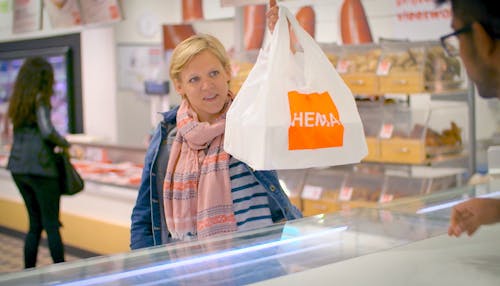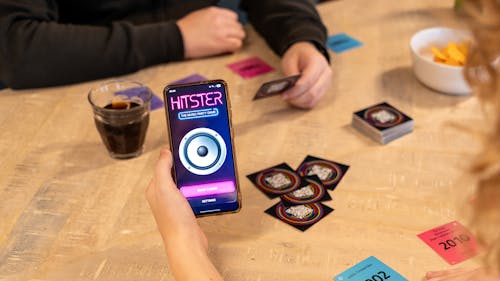Jumpstart: SenseMath app
How we built a working prototype of an app within one week, with which students with a visual impairment can understand mathematical graphs.
What good is a mathematical graph if you cannot see it? Nothing. That is why, in one week, we built a prototype app with Visio that allows blind students to understand graphs.
Students with a visual impairment usually interpret mathematical graphs on the basis of paper on which the graphs are printed in relief. Students can feel them that way. But that takes a lot of time and maths won't get any easier.
Royal Visio, which supports people with visual impairments, came up with the idea of converting graphs into sound: SenseMath. This would allow blind and visually impaired students to understand and interpret the graphs much faster and more easily. Moreover, these students could do their maths independently.
Because of our work on accessibility, Visio approached us: whether we wanted to help make an app for this idea. To validate the different principles of the idea, we decided to build a prototype during a so-called jumpstart.
First of all we wanted to investigate whether the assumption is correct, that sound makes it easier to understand graphs. Then we also wanted to know what kinds of sounds we would need to make tough mathematical assignments transparent. Finally, the question was how we could offer this in such a way that pupils and teachers can start using it immediately.
In close collaboration with Visio, teachers and students, we created a prototype app within one week. We created a lot of settings and examples to present to the target group and see what works well.
Development of the SenseMath prototype app during a jumpstart at our location in Amsterdam
Two blind employees of Visio were present during the entire jump start to advise us, to think along and to test everything we made immediately. Halfway through the week we visited a Visio school in Amsterdam, where we could do a first test with students and teachers. With these findings in our pocket, we further developed the prototype app.
During the week we also made an extensive plan that Visio could use to test at different schools. With the results of those tests we have taken the next step: the actual realization of the SenseMath app.
Impression of the SenseMath prototype app





